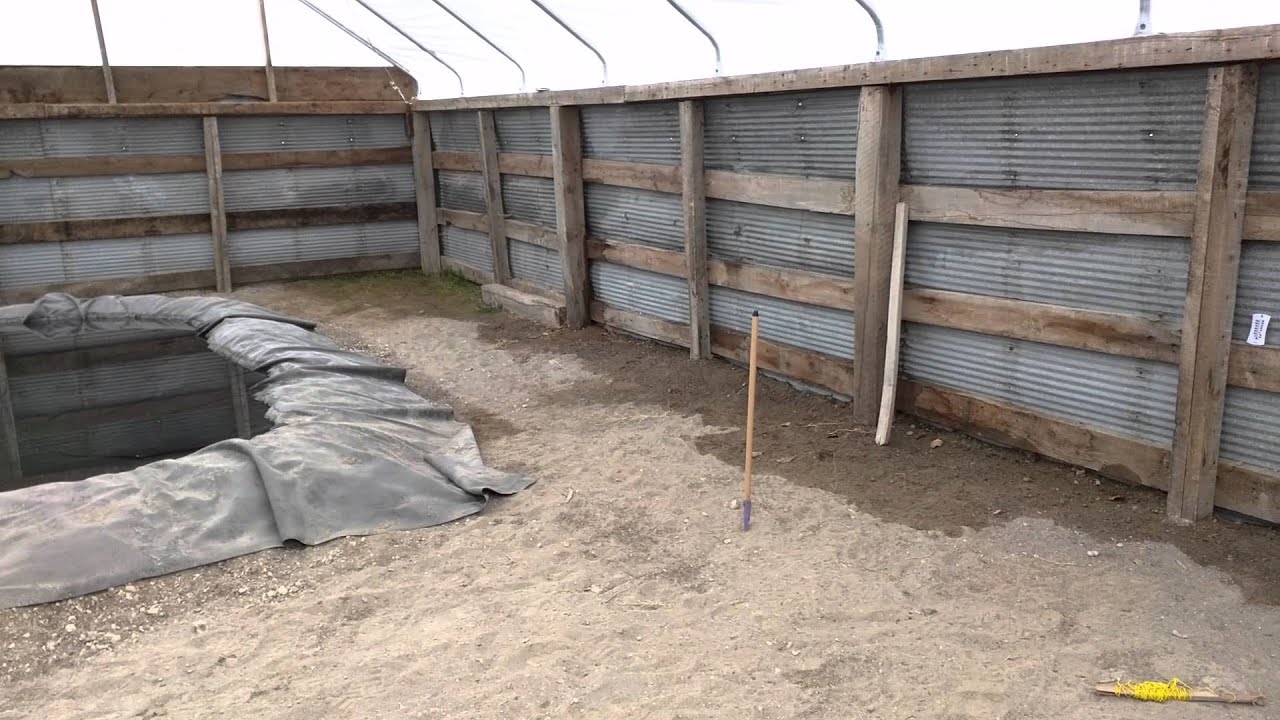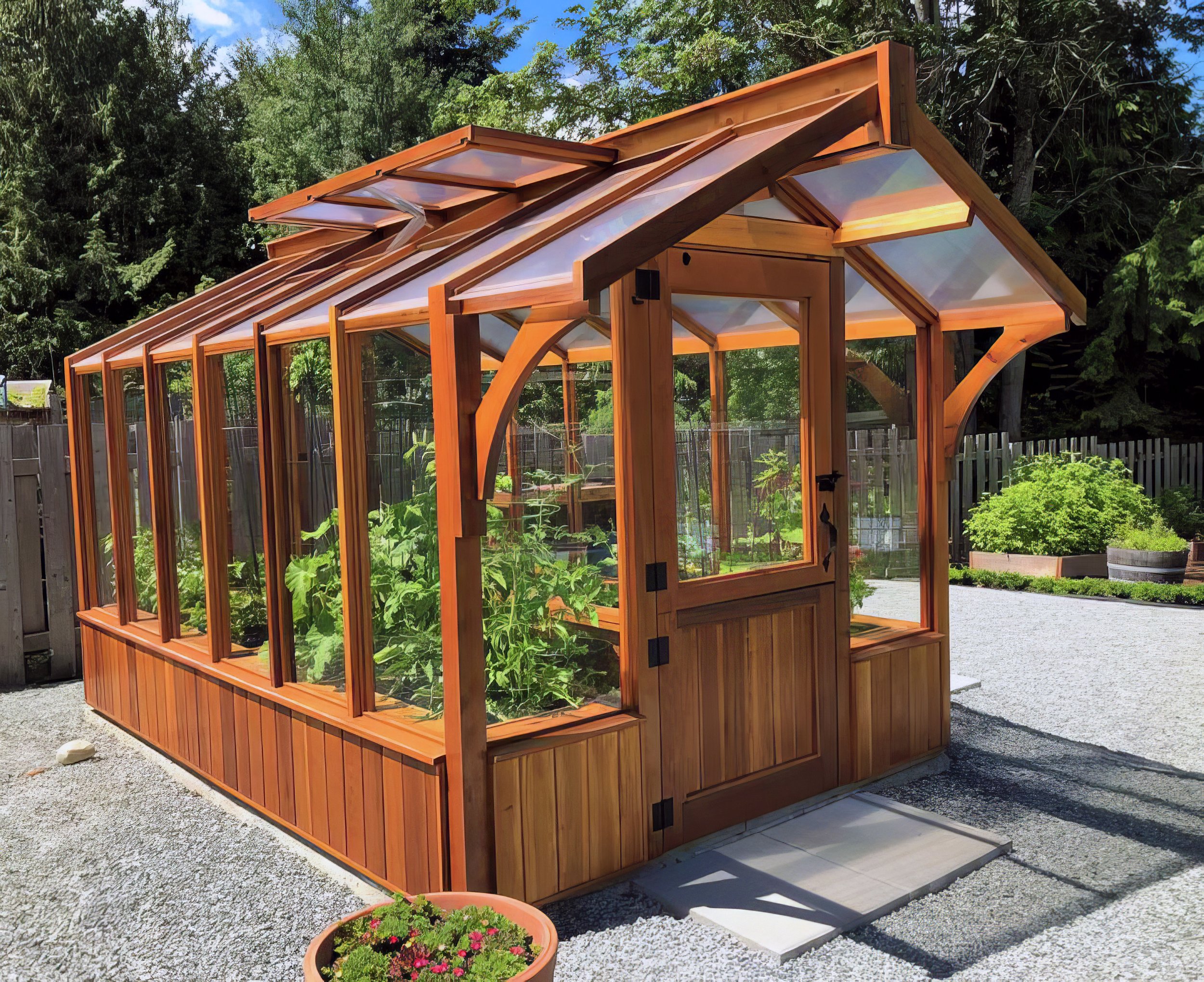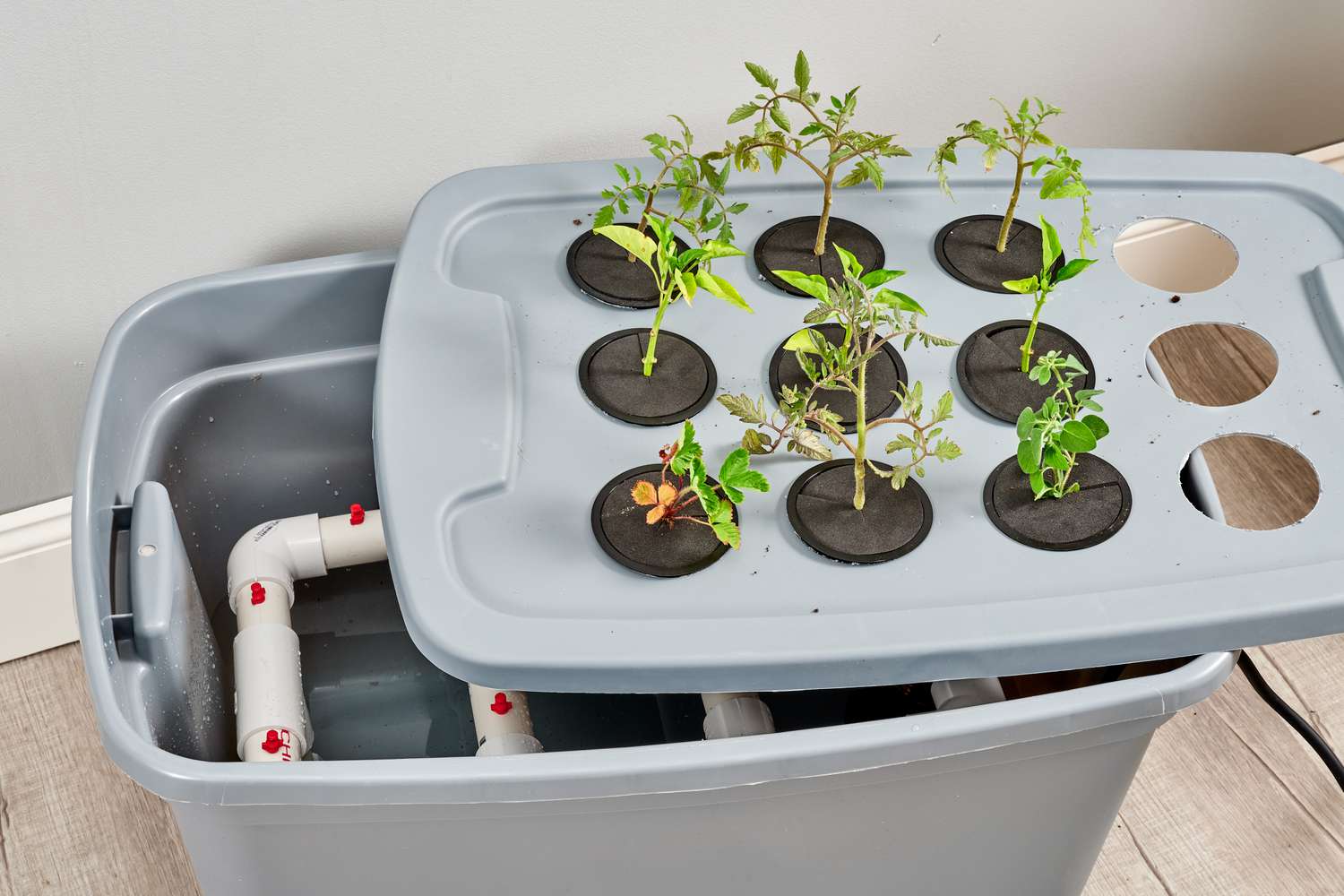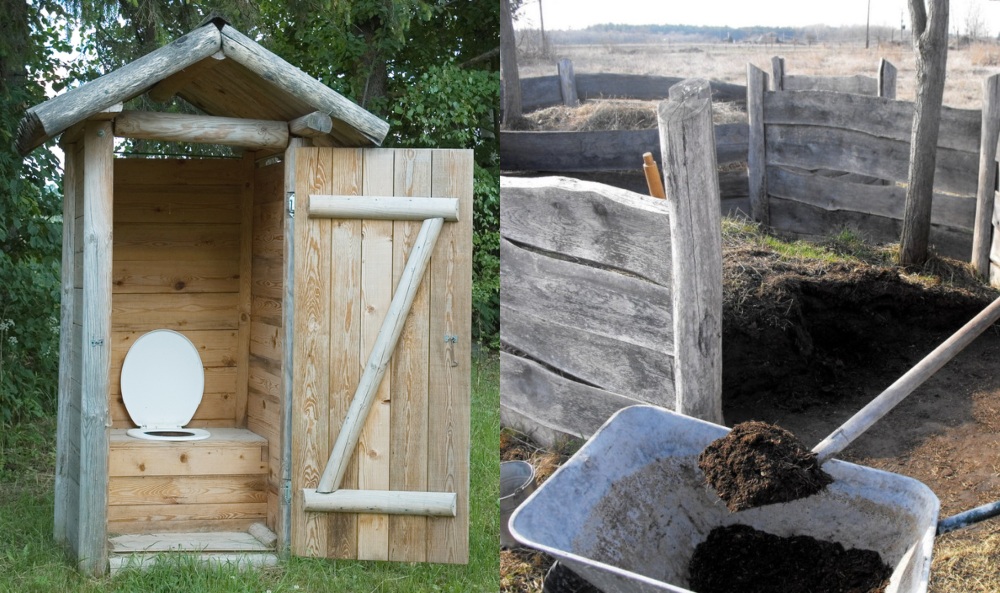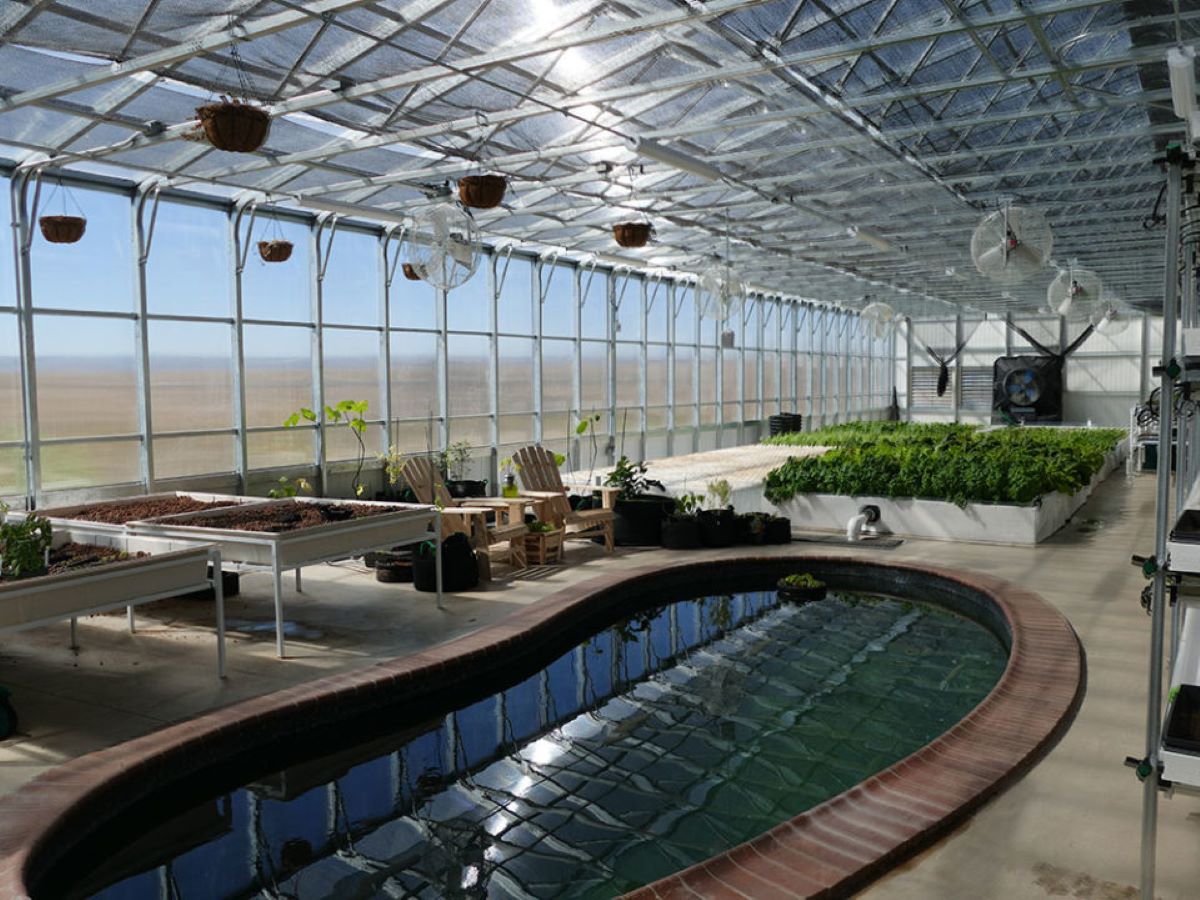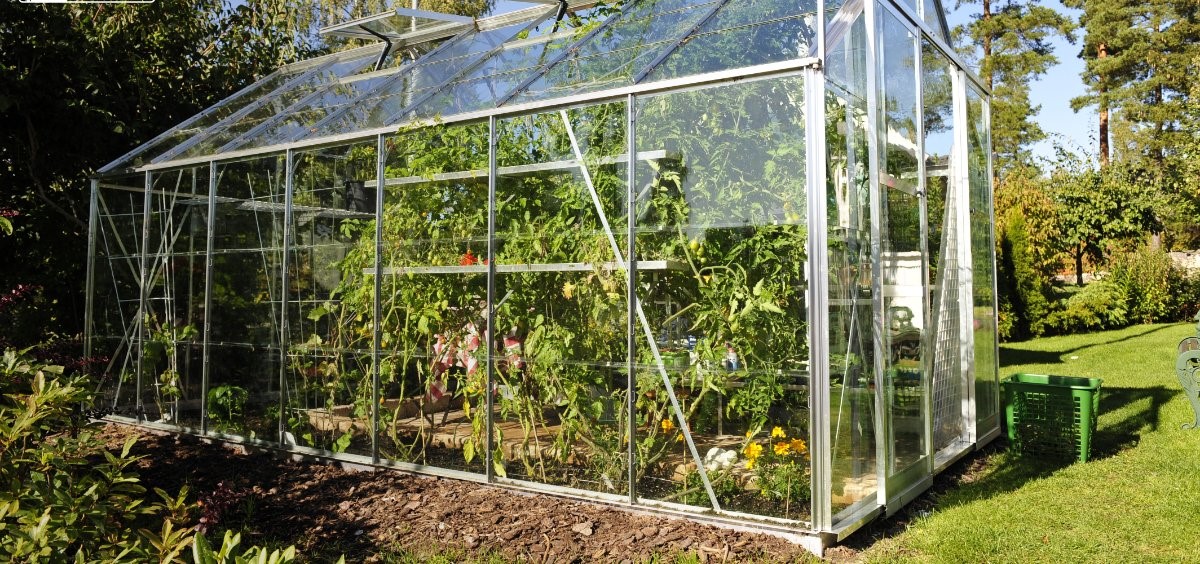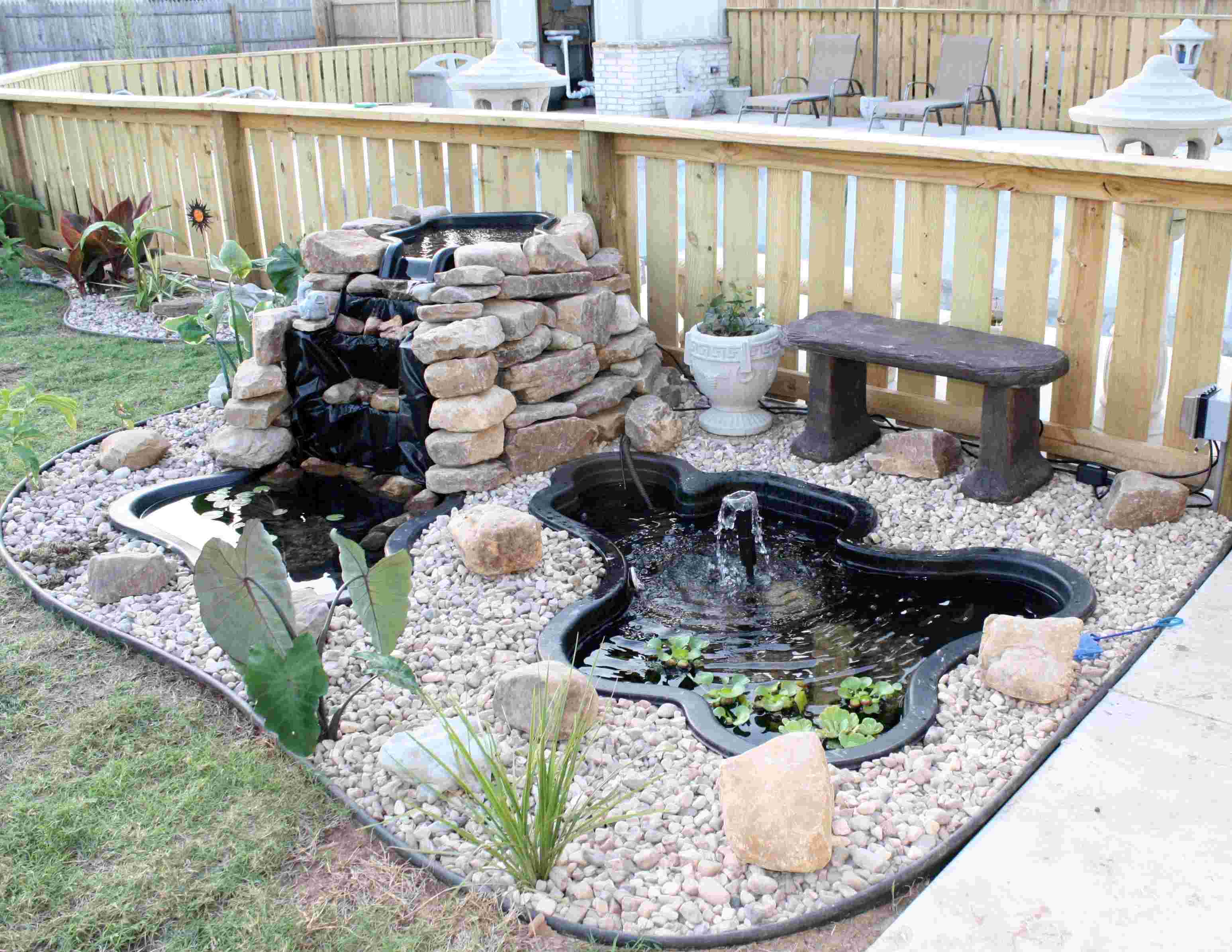Home>Gardening News and Trends>Latest News>What Insects Build Mud Tubes?
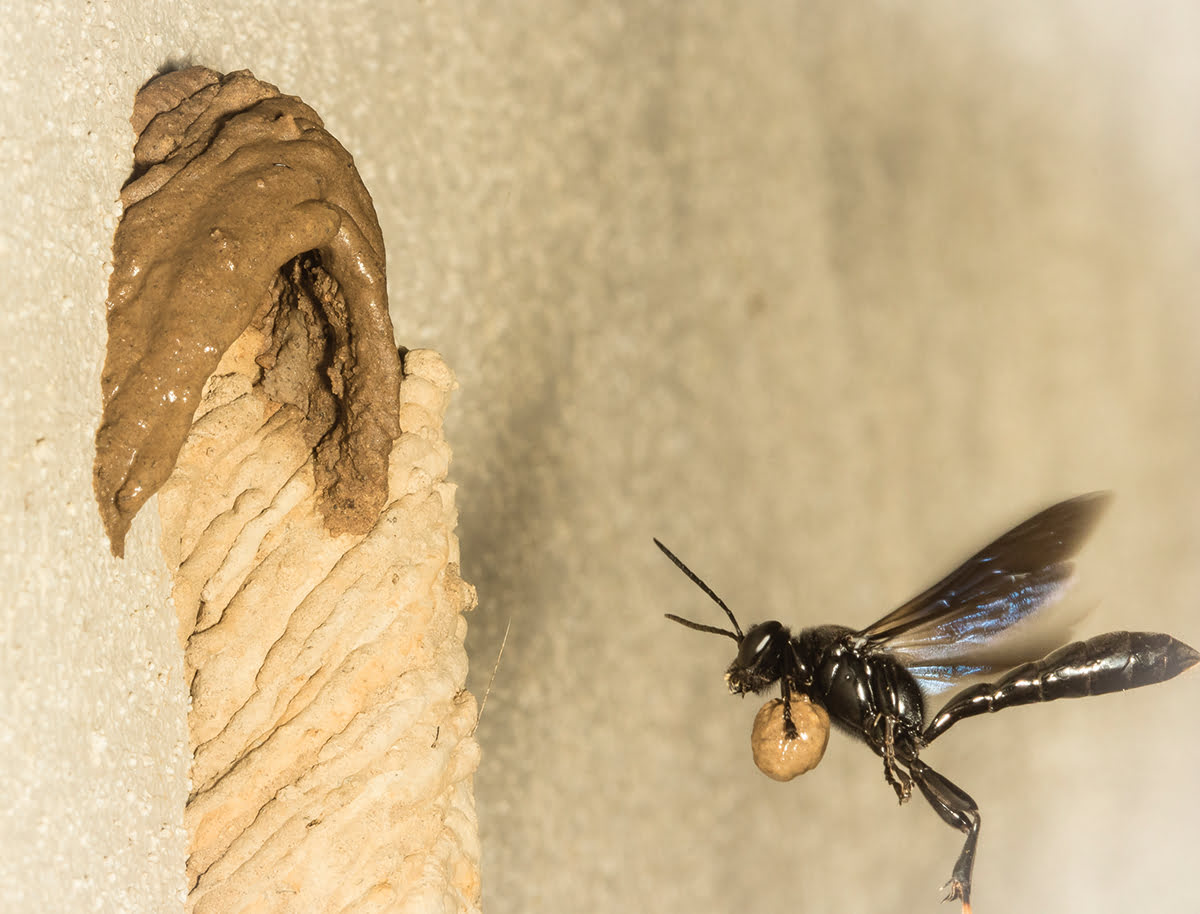

Latest News
What Insects Build Mud Tubes?
Modified: January 22, 2024
Discover the Latest News on Insects That Build Mud Tubes. Explore the fascinating world of these industrious creatures and learn more about their construction techniques and habitats.
(Many of the links in this article redirect to a specific reviewed product. Your purchase of these products through affiliate links helps to generate commission for Chicagolandgardening.com, at no extra cost. Learn more)
Table of Contents
Introduction
Welcome to the fascinating world of insects and their remarkable ability to construct intricate structures. From elaborate nests to complex networks, these tiny creatures showcase their architectural skills in various ways. One particularly intriguing construction method is the creation of mud tubes. These tubes serve as protective shelters for insects and are built using a combination of organic material and soil.
Mud tubes are a common sight in nature, often found in gardens, forests, and even inside our own homes. While termites are the most well-known architects of these structures, they are not the only insects that utilize this unique building technique. Ants and several other species also construct mud tubes for various purposes.
In this article, we will delve into the world of mud tubes and explore the insects that build them. We will take a closer look at termites, ants, and other fascinating creatures, uncovering their reasons for constructing these intricate mud structures. So, let’s dive in and discover the hidden wonders of these tiny engineers.
Mud Tubes: A Unique Construction
Mud tubes are remarkable structures created by insects to serve a variety of purposes, such as protection, transportation, and maintaining optimal environmental conditions. They are typically composed of a mixture of soil, organic matter, and the insect’s saliva or secretions. The resulting paste-like substance is used to construct tubes of different sizes and shapes.
These tubes provide insulation, moisture regulation, and shelter from predators and adverse weather conditions. The construction process usually begins with the insect collecting soil or other suitable materials from its surroundings. It then mixes the collected material with its saliva, creating a substance that binds the particles together. The insect meticulously builds the tube, layer by layer, shaping it to its specific needs.
The architecture of mud tubes can vary depending on the insect species and its requirements. Termites often construct large, intricate mud tubes that connect their underground nests to sources of food. These tubes may extend from the ground to reach above the surface, ensuring their access to resources while providing protection.
Ants, on the other hand, typically build smaller mud tubes that serve as pathways between their nests and food sources. These tubes are usually found on the ground or along surfaces such as tree trunks. Ants use mud tubes not only as transportation routes but also as a means to regulate humidity levels and secure their territories.
Aside from termites and ants, other insects also utilize mud tubes for their survival. Some wasps and bees construct mud tubes as nests for their offspring. These tubes are often found in sheltered areas, such as under eaves or inside crevices, providing a safe and protected environment for their young.
The construction of mud tubes showcases the remarkable instincts and abilities of these tiny creatures. It is an incredible feat of engineering and adaptation, allowing insects to thrive in diverse habitats and maximize their chances of survival.
In the next sections, we will explore the specific insects that utilize mud tubes as part of their lifestyle and delve into their fascinating behaviors and adaptations. So, let’s continue our journey and uncover the secrets of the mud tube builders.
Termites and Mud Tubes
When it comes to mud tubes, termites are the architects that truly shine. These small, social insects have mastered the art of constructing elaborate mud tunnel systems to ensure their survival. Termites primarily belong to two major groups: subterranean termites and drywood termites. Both of these groups rely heavily on mud tubes for various purposes.
Subterranean termites are known for their underground colonies, where they build expansive networks of tunnels and chambers. Mud tubes play a crucial role in connecting the termite colony to above-ground food sources, such as fallen wood and vegetation. These tubes also act as highways, allowing termites to safely forage for food while remaining protected from potential predators.
Constructing these mud tubes requires teamwork and division of labor among the termite colony members. Worker termites are responsible for building and maintaining the tunnels. They use a combination of soil particles, saliva, and their own feces to create the mud mixture required for the construction process. This mixture is then carefully applied to surfaces, forming sturdy tubes that can withstand environmental pressures.
Drywood termites, on the other hand, live within the wooden structures they infest. They create mud tubes within the wood itself, protecting their colonies from external threats and maintaining a controlled environment. These tubes are often found on the surface of infested wood and can serve as a visible indication of termite activity.
Termites’ reliance on mud tubes is not limited to foraging and protection. These tubes also help termites regulate the moisture levels within their colonies. As creatures sensitive to desiccation, termites require a certain level of humidity to survive. Mud tubes act as a barrier, preventing moisture loss and maintaining optimal conditions for the colony’s well-being.
It is worth noting that while termites are often seen as destructive pests due to their ability to damage buildings and wooden structures, their architectural prowess in constructing mud tubes is truly remarkable. These intricate constructions demonstrate the sophisticated behavior and adaptation of termites, allowing them to colonize various habitats and thrive in diverse environments.
Now that we have explored the fascinating world of termites and their mud tubes, let us move on to another group of insects that also utilize these structures as part of their lifestyle: ants.
Ants and Mud Tubes
While termites may be the first insects that come to mind when thinking about mud tubes, ants are also adept builders of these structures. Different ant species use mud tubes for various purposes, including transportation, protection, and maintaining optimal living conditions for their colonies.
Ants that construct mud tubes typically belong to the subfamily Formicinae. These ants have powerful jaws that allow them to break down soil and create a paste-like mixture with their saliva. They use this mixture to build intricate mud tubes, often found on the ground or along tree trunks.
One common type of ant that builds mud tubes is the cornfield ant (Lasius neoniger). These ants construct mud tubes that connect their underground nests to the surface, providing a safe passage for foraging workers. The tubes also help regulate humidity levels within the colony, ensuring a suitable environment for ant larvae and maintaining a stable nest structure.
Another example is the thatching ant (Formica spp.), known for its impressive mound-building behavior. These ants construct large and elaborate nests using a combination of organic matter, soil, and debris. Mud tubes are used to connect different parts of the nest, serving as pathways for ant movement and resource distribution.
Unlike termites, not all ant species rely heavily on mud tubes for survival. Some ants, such as the army ants (Eciton spp.), are nomadic in nature. They do not construct permanent nests but instead move their colonies frequently in search of food. However, when these ants do come across a suitable nesting site, they may still utilize mud tubes as temporary shelters or protection against external threats.
In addition to their functional purposes, mud tubes created by ants can also have intriguing aesthetic qualities. Some ant species decorate the exterior of their mud tubes with other materials, such as plant debris or small stones. These decorations not only serve as camouflage but may also play a role in chemical signaling or territory marking.
The ability of ants to use mud tubes demonstrates their resourcefulness and adaptability in creating suitable habitats for their colonies. These structures allow ants to efficiently navigate their environment, protect their nests, and ensure the survival of their offspring.
Now that we have explored the mud tube-building abilities of termites and ants, let’s dive into the world of other fascinating insects that also utilize this unique construction method.
Other Insects That Build Mud Tubes
While termites and ants are the most well-known mud tube builders, they are not the only insects that utilize this unique construction method. Several other fascinating creatures also rely on mud tubes for various purposes in their lives.
One group of insects that constructs mud tubes is certain species of wasps. Mud dauber wasps (Family Sphecidae) are known for their mud nests, which they build to house their larvae. The female wasp collects mud from damp areas, mixes it with her saliva, and shapes it into cylindrical tubes. These tubes are then attached to suitable surfaces, such as walls, bridges, or tree branches. Within these mud tubes, the female wasp deposits paralyzed prey and lays her eggs. As the larvae grow, they feed on the stored prey until they emerge as adult wasps.
Some species of bees, particularly those in the family Megachilidae, also construct mud tubes for nesting. These solitary bees gather mud to build protective cells for their young. The mud tube construction process begins with the female bee collecting small balls of mud, which she then shapes into cylindrical tubes. These tubes are often found in hidden or protected locations, such as crevices in rocks or walls. The female bee lays her eggs within the mud tubes, providing a safe environment for the development of her offspring.
Other less-known insects that utilize mud tubes include certain species of caddisflies and dragonflies. Caddisflies, also known as “rail worms,” create protective cases using materials such as small rocks, sand particles, or plant matter, held together by silk. These cases can take on a tubular shape and can be made from mud as well. They serve as shelters for caddisfly larvae, enabling them to move and survive in various aquatic environments.
Dragonflies, on the other hand, use mud tubes during their larval stage. Dragonfly nymphs are aquatic and live in freshwater environments. They construct mud tubes to provide protection and camouflage. These tubes are created by cementing together small particles of mud and debris, forming a sturdy structure in which the nymphs can dwell until they reach maturity.
These examples demonstrate the diverse range of insects that make use of mud tubes for different aspects of their lives, including nesting, protection, and survival. The construction of mud tubes allows these species to adapt to and thrive in their respective habitats.
As we conclude our exploration of the creatures that build mud tubes, we marvel at the ingenuity and resourcefulness displayed by insects in creating such intricate structures. From termites to ants, wasps to bees, caddisflies to dragonflies, these tiny architects remind us of the complexity and beauty found in the natural world.
Conclusion
The world of insects never ceases to amaze us with its remarkable diversity and incredible adaptability. The construction of mud tubes showcases the architectural skills and survival strategies employed by various insect species. From termites to ants, wasps to bees, and caddisflies to dragonflies, these tiny creatures utilize mud tubes for a range of purposes, including protection, transportation, and creating optimal living conditions.
Termites, with their elaborate underground tunnels and above-ground mud tubes, demonstrate a sophisticated level of engineering. These structures allow them to forage for food, protect their colonies, and regulate humidity levels, all while ensuring their survival in a harsh and demanding environment.
Ants, too, showcase their ability to construct mud tubes, albeit on a smaller scale. These structures serve as pathways, humidity regulators, and temporary shelters for their colonies. Ants exemplify the resourcefulness and adaptability of insects in creating habitats that meet their specific needs.
Other insects, including certain species of wasps, bees, caddisflies, and dragonflies, also employ mud tubes for various functions in their lives. Nesting, protecting larvae, and maintaining survival in different environments are all achieved through the construction of these structures.
The intricate and intricate construction of mud tubes by these insects reminds us of the incredible feats achieved by these tiny architects. Their ability to source materials and create functional and resilient structures is a testament to their instincts and adaptability.
As we delve into the world of mud tubes and the insects that build them, we gain a deeper appreciation for the complexity and diversity of the natural world. From the soil under our feet to the trees in our midst, the insects that construct mud tubes utilize their surroundings to create remarkable shelters that ensure their growth, development, and survival.
So, the next time you come across a mud tube in your garden, forest, or even inside your home, take a moment to marvel at the ingenuity and craftsmanship of these incredible creatures. The mud tubes they construct not only provide them with a safe haven but also serve as a reminder of the astounding wonders that can be found in the tiniest corners of our world.


